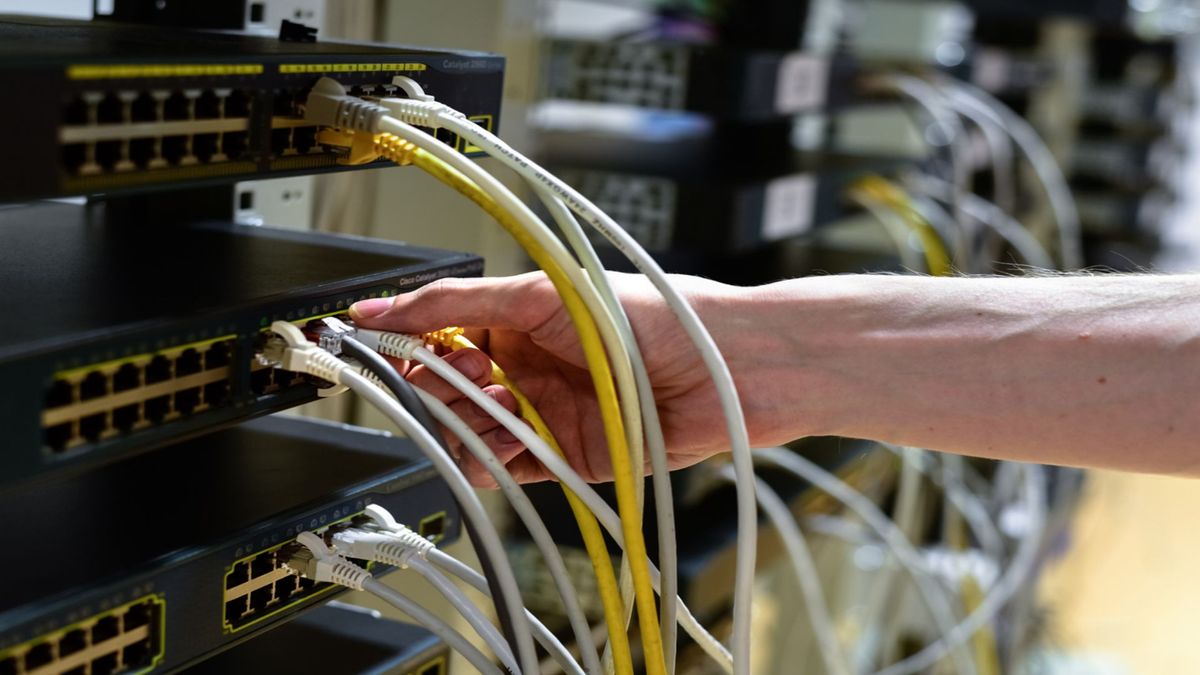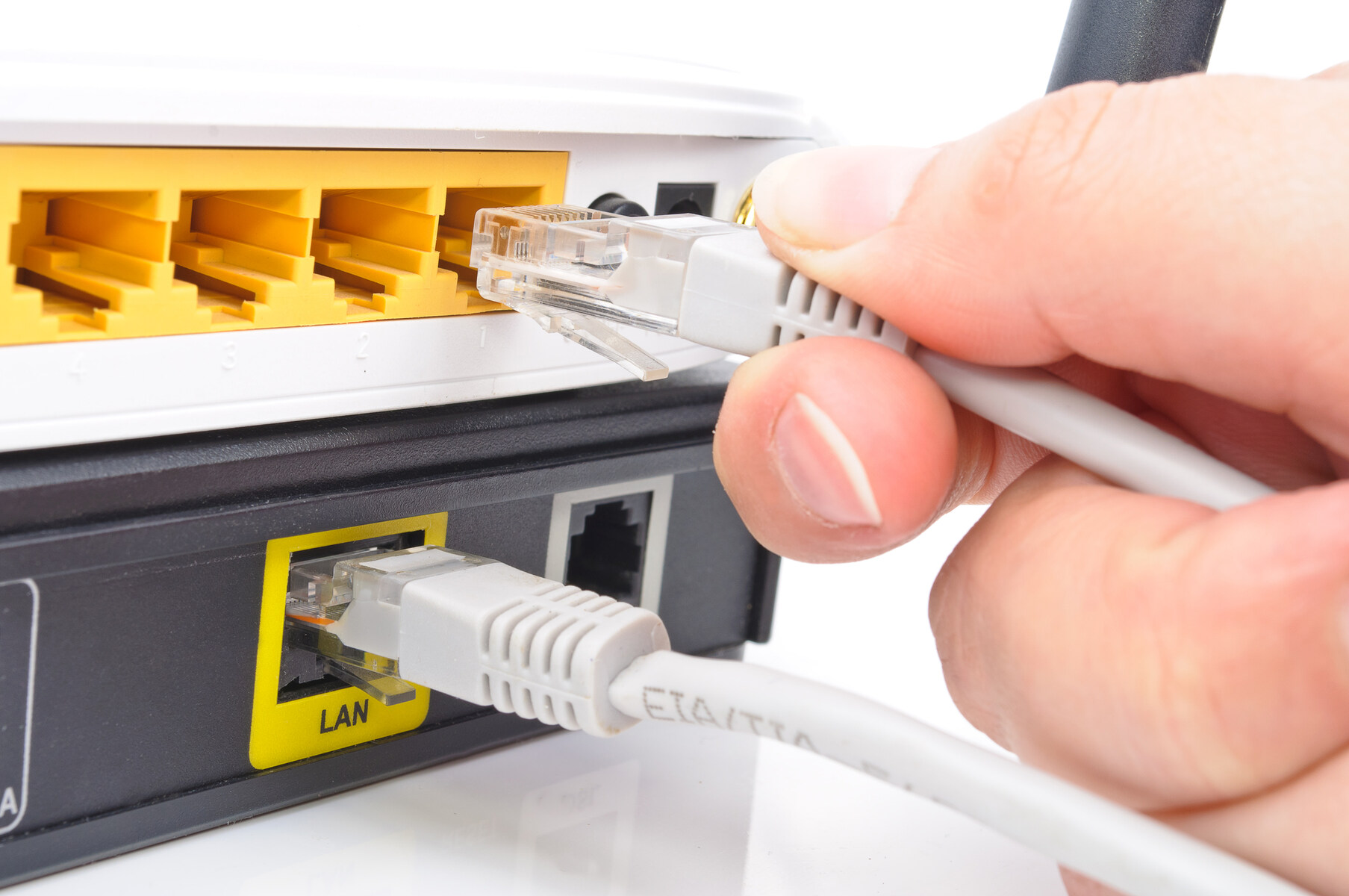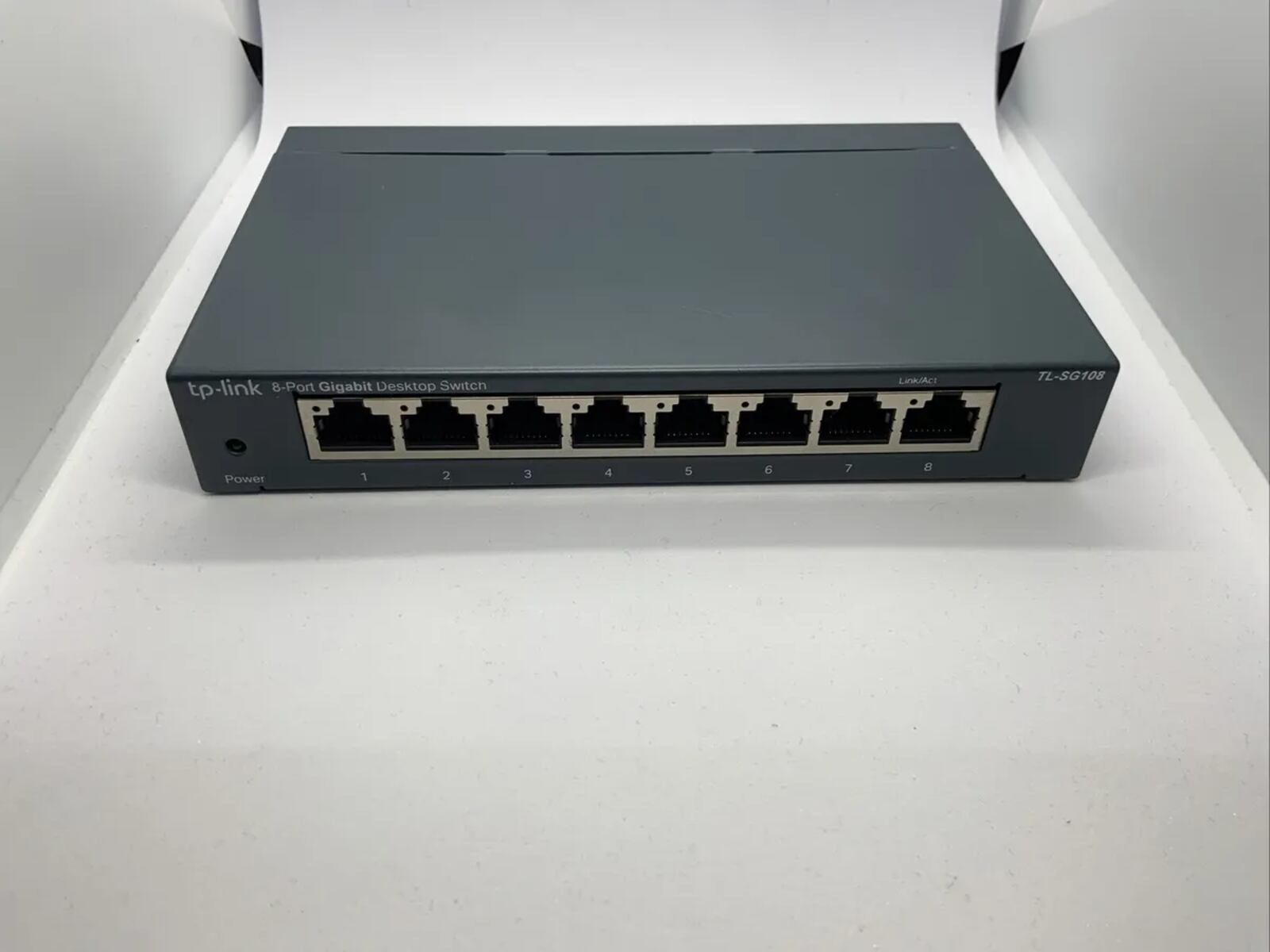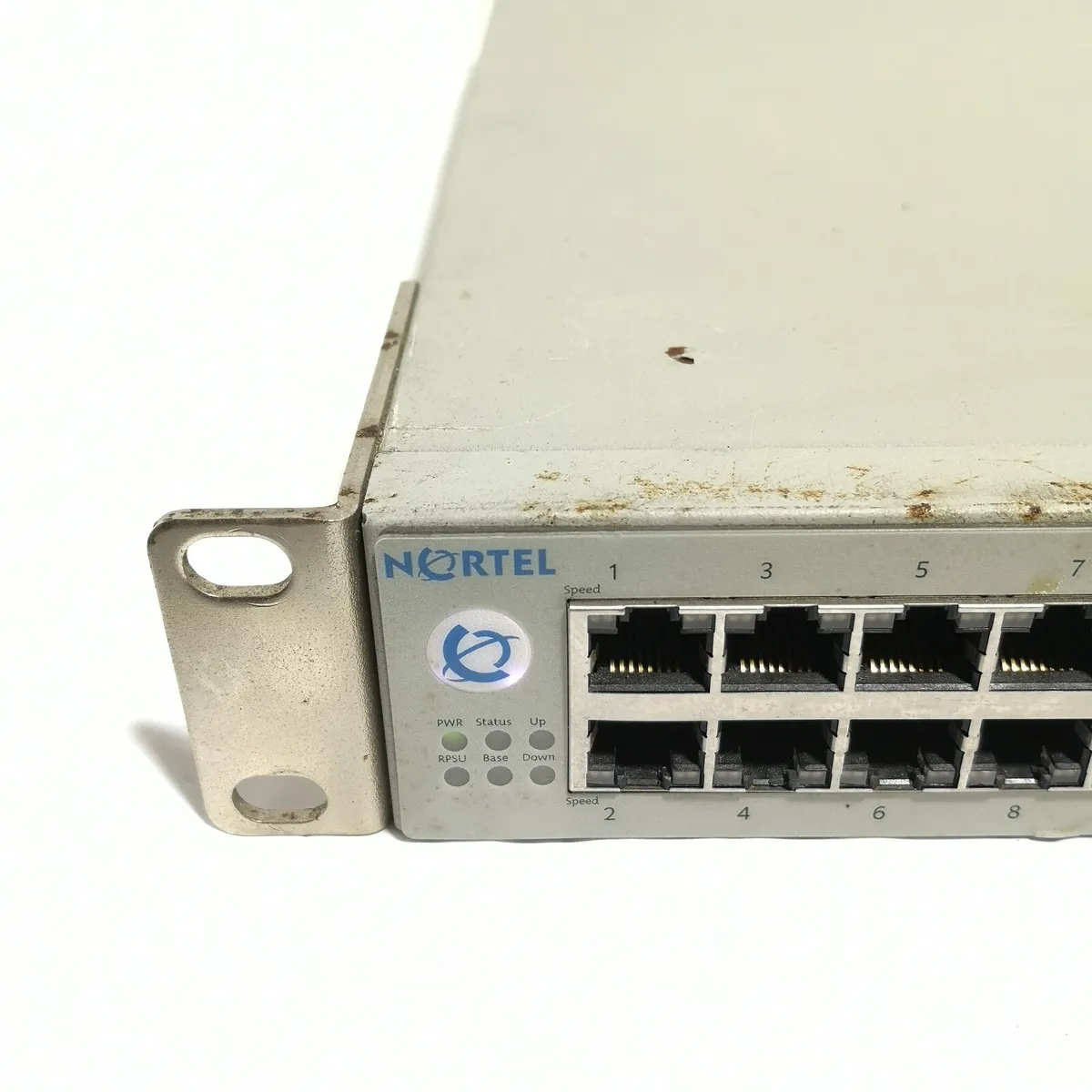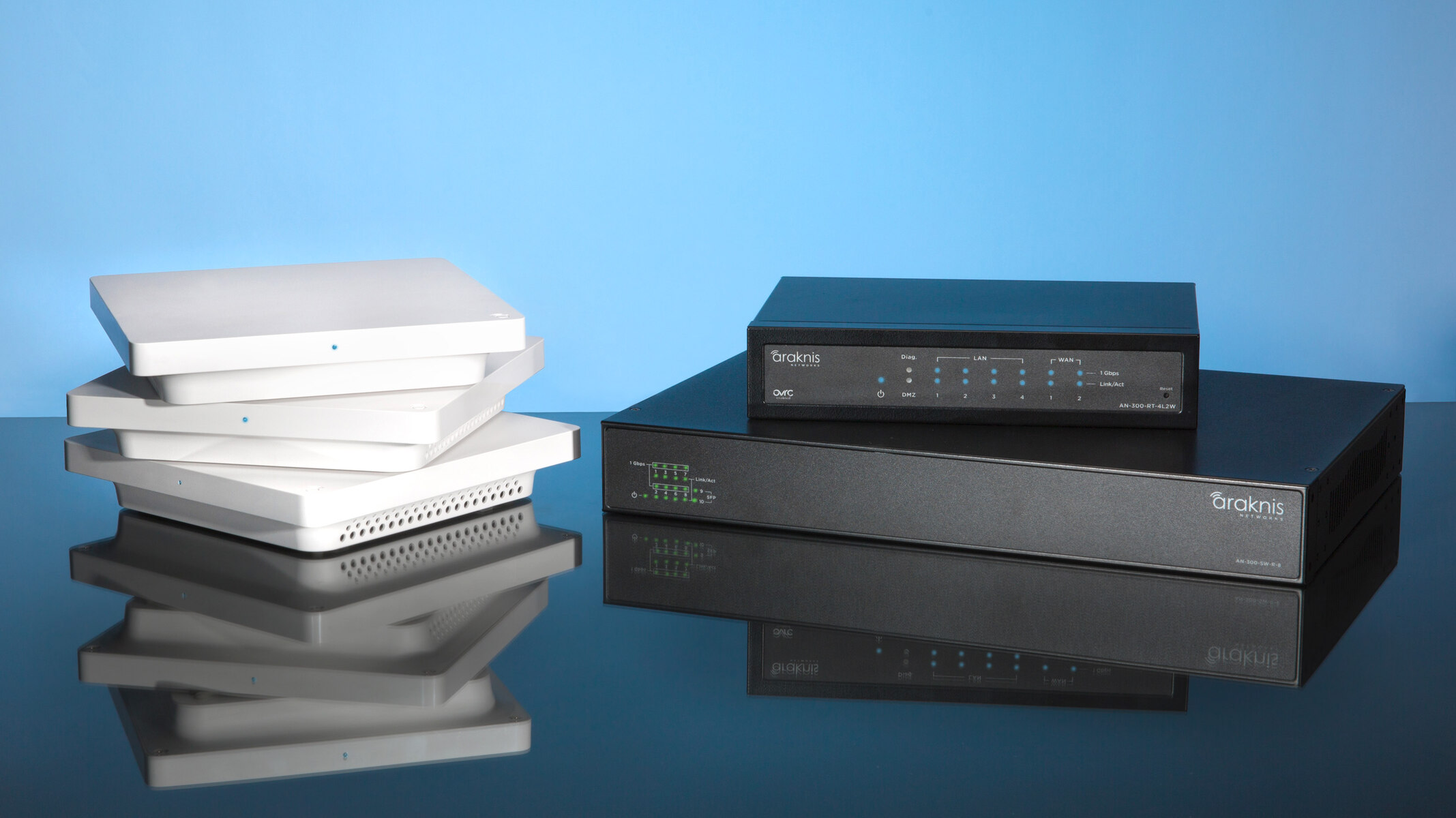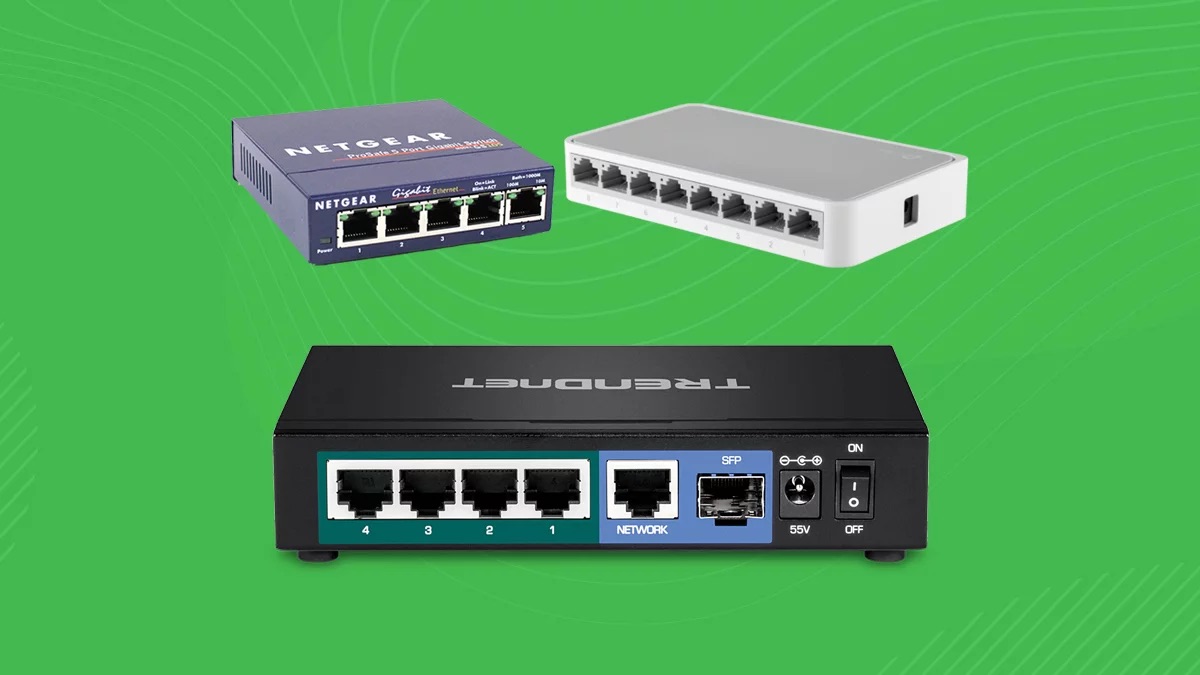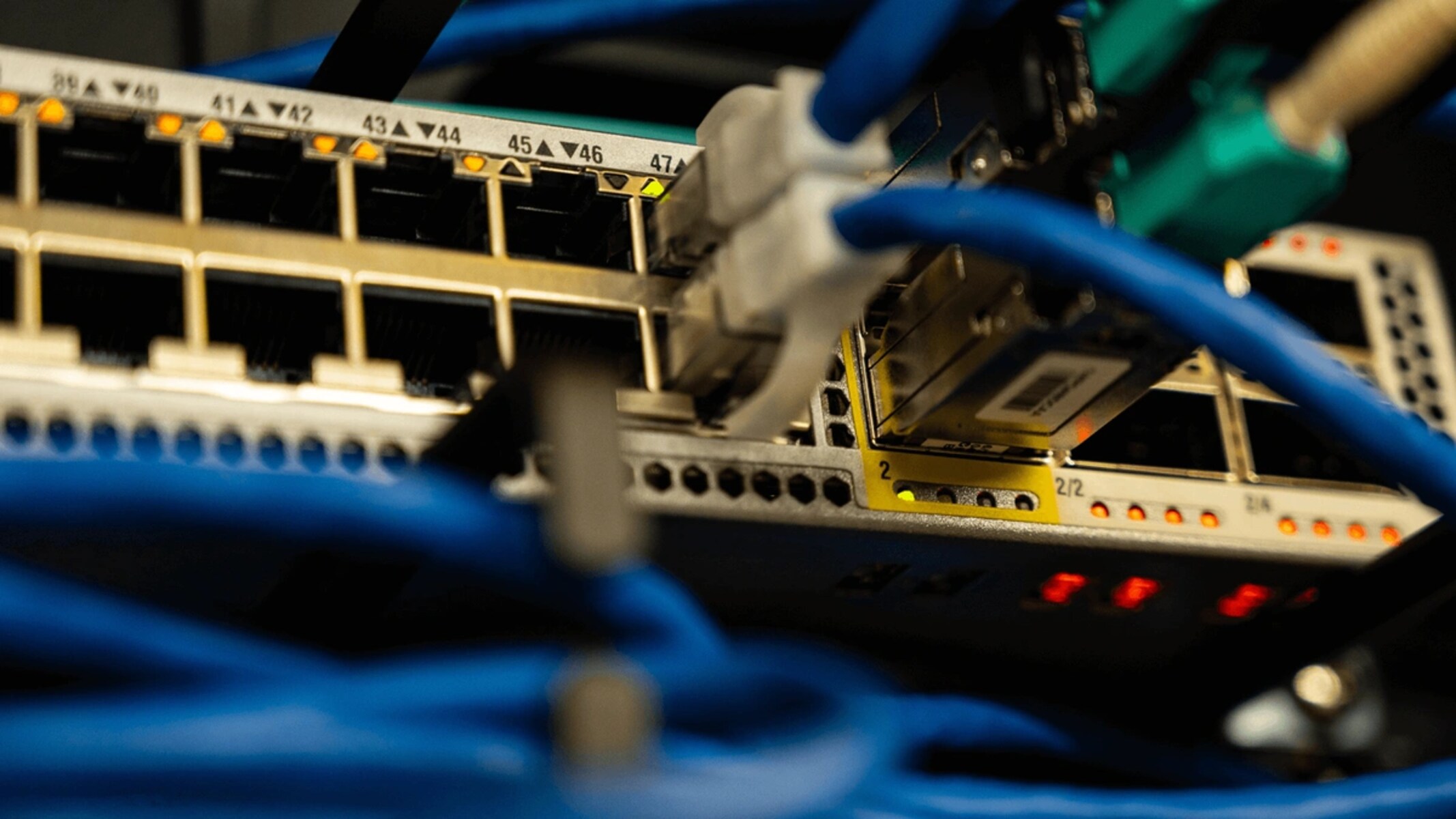Introduction
Introduction
Accessing your network switch is essential for managing and configuring its settings. Whether you need to troubleshoot connectivity issues, optimize performance, or make security adjustments, knowing how to access your network switch is crucial. By following a few simple steps, you can gain access to the switch's interface and take control of its configurations.
Understanding the process of accessing your network switch will empower you to make necessary adjustments to your network infrastructure. This guide will walk you through the steps to access your network switch and provide insights into the importance of this process. Whether you are a network administrator, an IT professional, or a tech-savvy individual, this knowledge will equip you to effectively manage your network switch.
In the following sections, we will delve into the step-by-step process of determining the IP address of your network switch, accessing the switch through a web browser, logging in to the switch, and configuring its settings. Each step is crucial in ensuring a smooth and secure access to your network switch. Let's embark on this journey to unlock the potential of your network infrastructure.
Step 1: Determine the IP address of your network switch
Step 1: Determine the IP address of your network switch
Before accessing your network switch, you need to determine its IP address. The IP address is crucial for establishing a connection to the switch’s interface. Here’s how you can find the IP address:
- Check the switch documentation: The documentation provided with your network switch often contains the default IP address. If the switch has not been previously configured, this default IP address will allow you to access its interface.
- Use a network scanning tool: Network scanning tools such as Angry IP Scanner, Advanced IP Scanner, or nmap can help you identify the IP address of your network switch. By scanning your network, these tools can detect active IP addresses and associated devices, including the switch.
- Check the DHCP server: If your network switch is configured to obtain an IP address automatically from a DHCP server, you can check the server’s lease table to find the assigned IP address for the switch. This method is particularly useful in dynamic network environments.
Once you have obtained the IP address of your network switch, you are ready to proceed to the next step of accessing the switch through a web browser. This initial step lays the foundation for establishing a secure and efficient connection to your network switch.
Step 2: Access the switch through a web browser
Step 2: Access the switch through a web browser
Once you have determined the IP address of your network switch, the next step is to access the switch through a web browser. This process allows you to interact with the switch’s interface and configure its settings. Here’s how you can access the switch:
- Open a web browser: Launch a web browser on a computer or device connected to the same network as the switch. Commonly used web browsers include Google Chrome, Mozilla Firefox, Microsoft Edge, and Safari.
- Enter the IP address: In the address bar of the web browser, enter the IP address of the network switch that you obtained in the previous step. Press “Enter” to initiate the connection.
- Wait for the login page: After entering the IP address, the web browser will attempt to establish a connection with the switch. If the connection is successful, you will be directed to the login page of the switch’s interface.
By following these steps, you can effectively access your network switch through a web browser. This direct access to the switch’s interface sets the stage for the subsequent steps of logging in and configuring the switch settings. It is a pivotal stage in the process of managing and optimizing your network infrastructure.
Step 3: Log in to the switch
Step 3: Log in to the switch
After accessing the network switch through a web browser, the next crucial step is to log in to the switch’s interface. Logging in grants you access to the switch’s configuration settings, allowing you to make adjustments and manage its operations effectively. Here’s how you can log in to the switch:
- Enter the login credentials: On the login page of the switch’s interface, you will be prompted to enter your login credentials. These credentials typically include a username and password. If the switch is using default credentials, refer to the switch documentation for the default login information.
- Authenticate and submit: After entering the login credentials, authenticate the information by clicking the “Login” or “Submit” button on the interface. This action will initiate the login process and verify the provided credentials.
- Access the switch interface: Upon successful authentication, you will gain access to the switch’s interface. This interface provides a dashboard or control panel through which you can view and modify the switch’s settings, monitor network activity, and perform various administrative tasks.
Logging in to the network switch is a pivotal step in the process of accessing and managing the switch’s configurations. It empowers you to take control of the switch’s operations and tailor its settings to meet the specific requirements of your network infrastructure. With access to the switch’s interface, you are now poised to configure the switch settings in the subsequent step.
Step 4: Configure the switch settings
Step 4: Configure the switch settings
Once you have successfully logged in to the network switch’s interface, the next critical step is to configure the switch settings. This process allows you to customize the switch’s parameters, optimize its performance, and ensure seamless integration with your network infrastructure. Here’s how you can configure the switch settings:
- Network settings: Access the network settings within the switch’s interface to adjust parameters such as IP addressing, subnet masks, and gateway settings. Configuring these network settings is essential for ensuring proper connectivity and communication within the network.
- VLAN configuration: If your network requires virtual LAN (VLAN) segmentation, navigate to the VLAN configuration section of the switch’s interface. Here, you can create, modify, or remove VLANs to organize network traffic and enhance network security and performance.
- Port settings: Customize the settings for individual switch ports to accommodate specific devices or optimize data transfer. This may include adjusting port speeds, enabling port security features, or configuring port-based authentication.
- Security settings: Enhance the security of your network by configuring switch security settings. This may involve enabling access control lists (ACLs), implementing secure management protocols, or setting up port security measures to mitigate unauthorized access.
- Quality of Service (QoS): If your network requires prioritization of certain types of traffic, navigate to the QoS settings within the switch’s interface. Here, you can configure QoS parameters to ensure the efficient handling of data, voice, or video traffic.
By meticulously configuring the switch settings, you can tailor the switch’s operations to align with the specific requirements and demands of your network environment. This step empowers you to optimize network performance, bolster security measures, and streamline network operations. With the switch settings configured, you are well-equipped to harness the full potential of your network infrastructure.
Conclusion
Conclusion
Accessing and configuring your network switch is a fundamental aspect of network management and optimization. By following the steps outlined in this guide, you have gained the knowledge and skills to effectively access your network switch and take control of its configurations. From determining the IP address to configuring switch settings, each step plays a pivotal role in ensuring the smooth operation and security of your network infrastructure.
Understanding the importance of accessing your network switch empowers you to proactively manage network resources, troubleshoot connectivity issues, and implement security measures. By accessing the switch through a web browser, logging in to its interface, and configuring its settings, you can tailor the switch’s operations to align with the unique requirements of your network environment.
As you navigate the intricacies of network switch management, remember that each adjustment and configuration contributes to the overall efficiency and reliability of your network. Whether you are a seasoned network administrator or an aspiring IT professional, the ability to access and configure network switches is a valuable skill that enhances your capacity to optimize network performance and address evolving network challenges.
Armed with the knowledge and insights gained from this guide, you are poised to navigate the complexities of network switch management with confidence and proficiency. Embrace the opportunity to harness the potential of your network infrastructure and adapt to the dynamic landscape of networking technologies. Your adeptness in accessing and configuring network switches is a testament to your commitment to network excellence and resilience.









